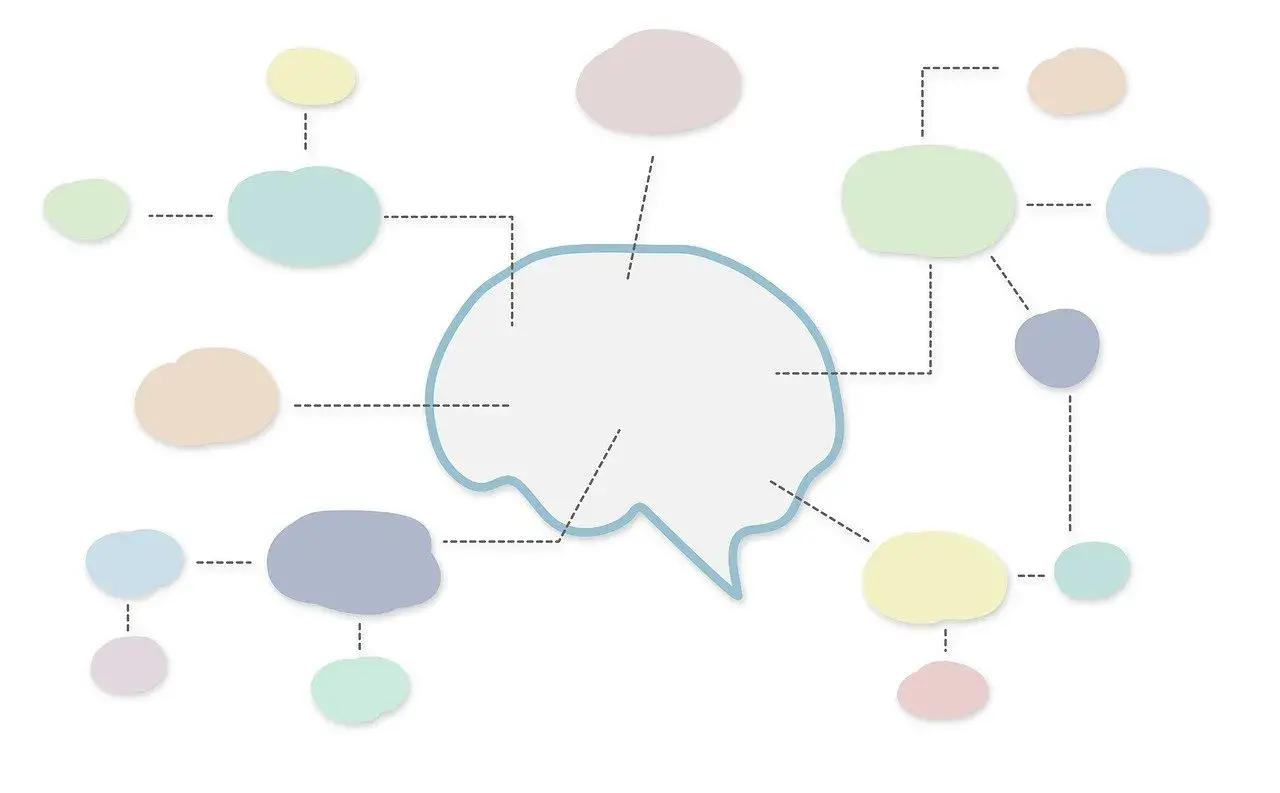What Are Mind Maps, and How to Use
Mind maps are visual representations of information that help organize and connect various ideas and concepts. They are commonly used for brainstorming, note-taking, problem-solving, and organizing thoughts. Mind maps are created by starting with a central idea or topic and branching out into subtopics or related ideas, forming a hierarchical and interconnected structure

What Are Mind Maps, and How to Use
Mind maps are visual representations of information that help organize and connect various ideas and concepts. They are commonly used for brainstorming, note-taking, problem-solving, and organizing thoughts. Mind maps are created by starting with a central idea or topic and branching out into subtopics or related ideas, forming a hierarchical and interconnected structure.
Here's a step-by-step guide on how to create and use a mind map effectively:
Start with a central idea: Begin by identifying the main topic or concept you want to explore. Write it in the center of a blank page or use a mind mapping software.
Add primary branches: From the central idea, draw primary branches outward, like the spokes of a wheel. Each branch represents a key subtopic related to the central idea.
Add secondary branches: For each primary branch, extend secondary branches to represent more detailed information or subtopics related to the primary branches.
Use keywords and images: Instead of writing lengthy sentences, use keywords, phrases, and images to capture the essence of each idea or concept. This keeps the mind map concise and visually engaging.
Make connections: Look for connections and relationships between different branches and subtopics. Use lines or arrows to link related ideas, emphasizing the relationships between them.
Expand and refine: Continually expand your mind map by adding new branches and subtopics as you generate more ideas or explore deeper levels of the topic. Refine and reorganize the structure as needed.
Customize and personalize: Make your mind map visually appealing and meaningful to you. Use colors, symbols, and different fonts to highlight important ideas or create visual associations.
Review and revise: Periodically review your mind map to ensure it accurately represents your understanding or the information you want to convey. Revise and update it as necessary.
Benefits of using mind maps:
Organization and clarity: Mind maps provide a clear visual structure that helps organize complex information and make it easier to understand and remember.
Creativity and brainstorming: Mind maps stimulate creative thinking by allowing ideas to flow freely and encouraging the exploration of new connections and associations.
Note-taking and studying: Mind maps are effective tools for capturing and summarizing information, making them useful for taking notes, studying for exams, or preparing presentations.
Problem-solving: Mind maps can help identify and analyze the various aspects of a problem or challenge, enabling you to generate innovative solutions.
Collaboration and communication: Mind maps can be shared and used collaboratively, facilitating group discussions, project planning, and team brainstorming sessions.
Whether you prefer to create mind maps on paper or use digital tools, the key is to find a method that suits your needs and thinking process. Experiment with different approaches and techniques to make the most of mind mapping as a powerful thinking and organizing tool.
What Are Mind Maps, and How to Use
Blog: Mapas Mentais
Blog: Ferramentas Para Criar Mapas Mentais Online
Blog: MindMaps
| How To Create MindMaps | Review By Mind Maps |
| What Are Mind Maps, and How to Use |